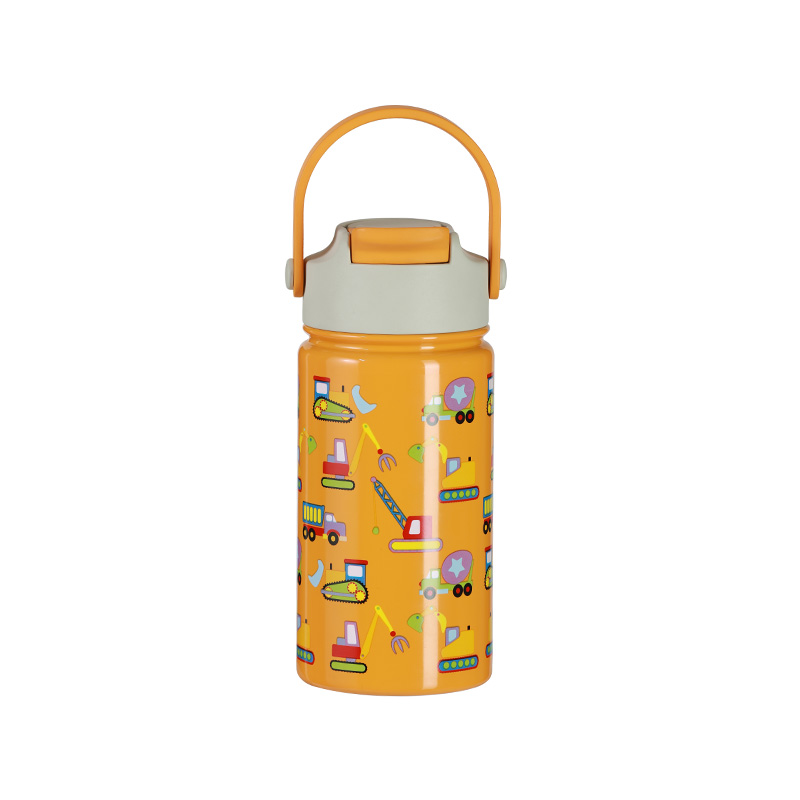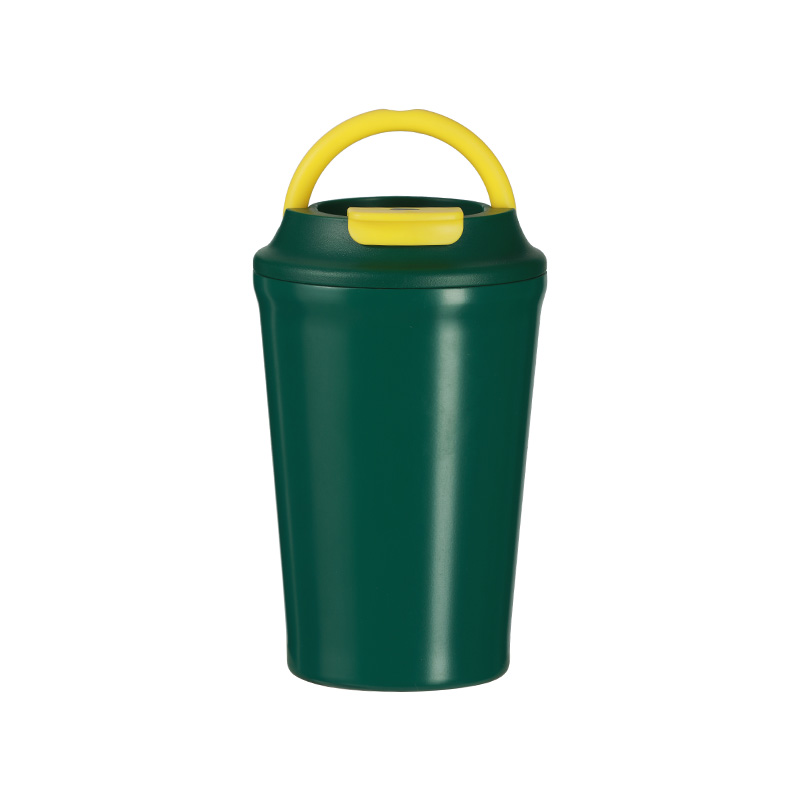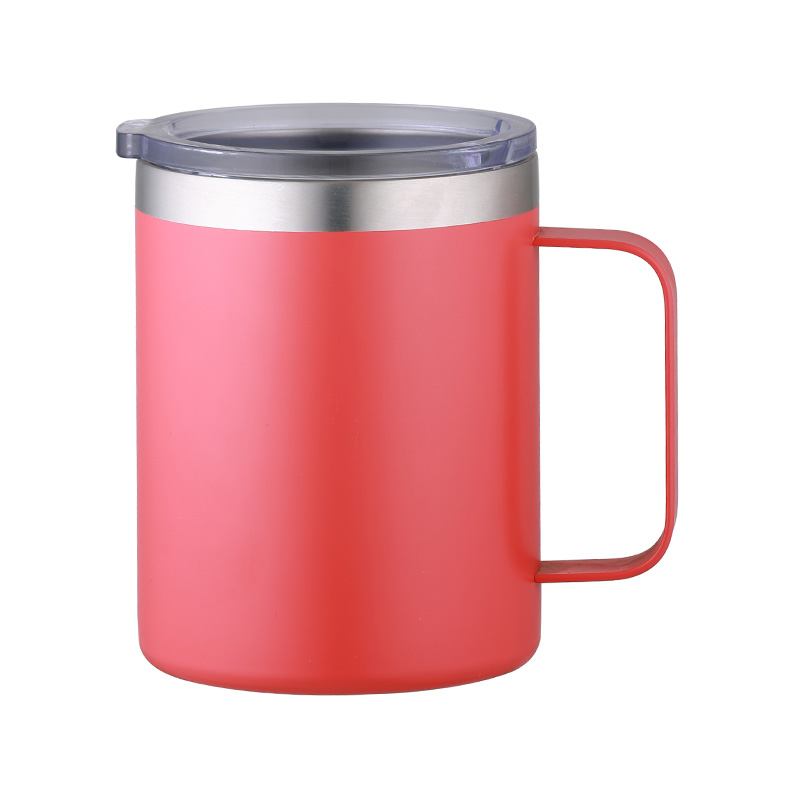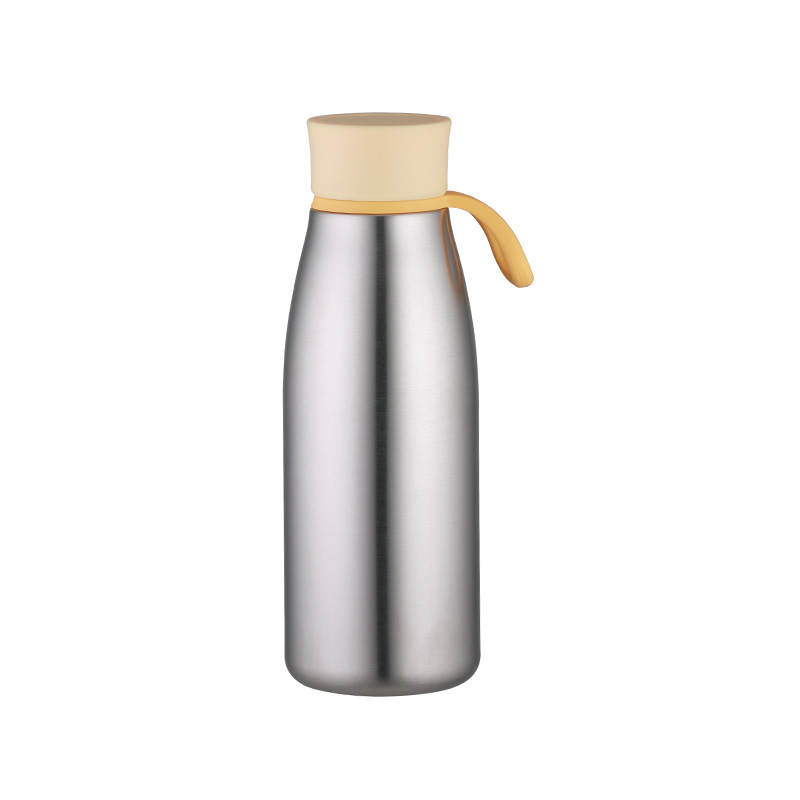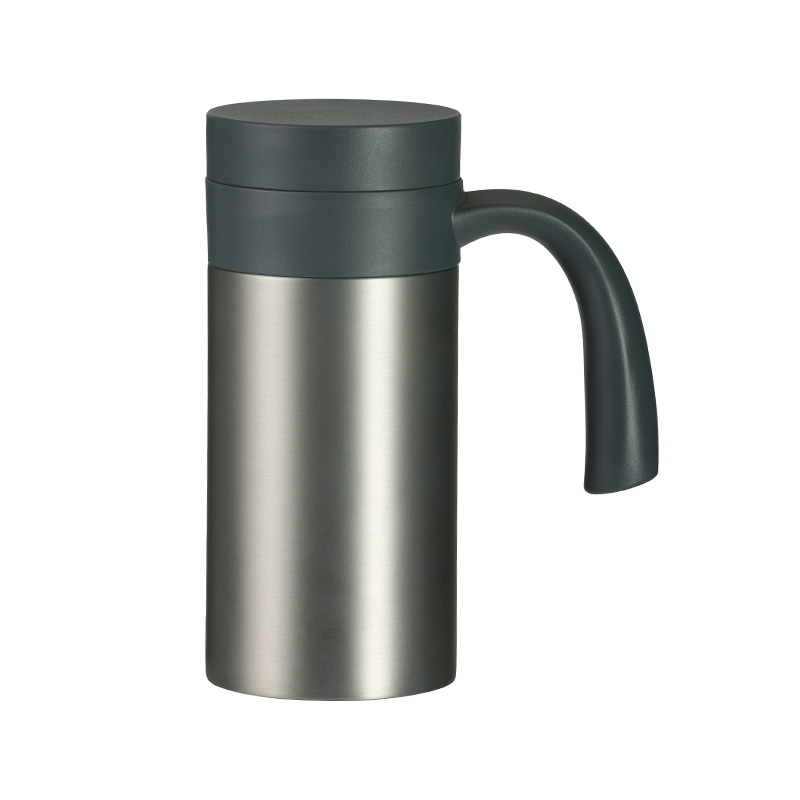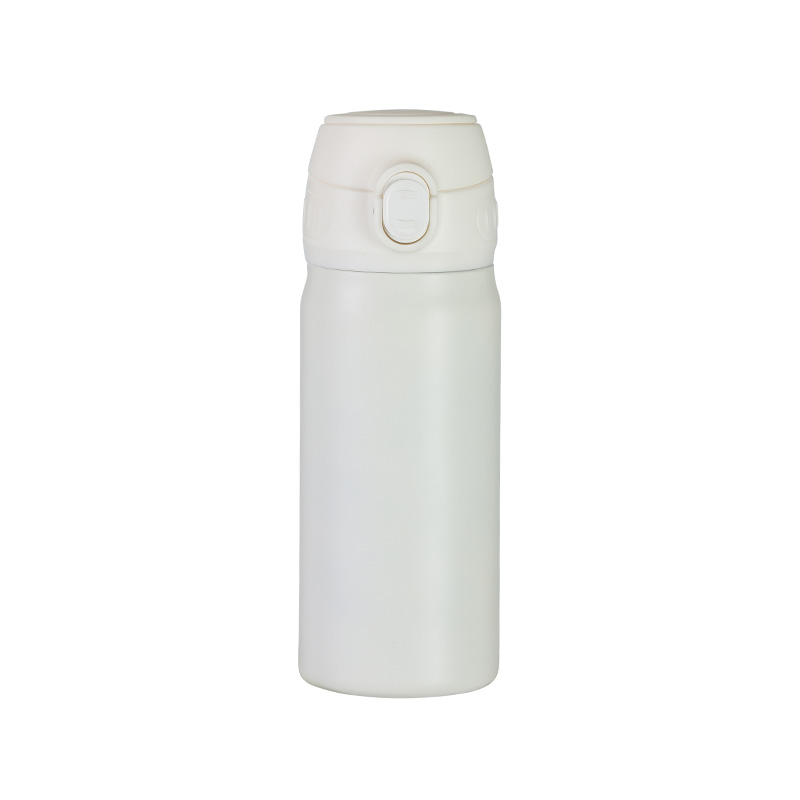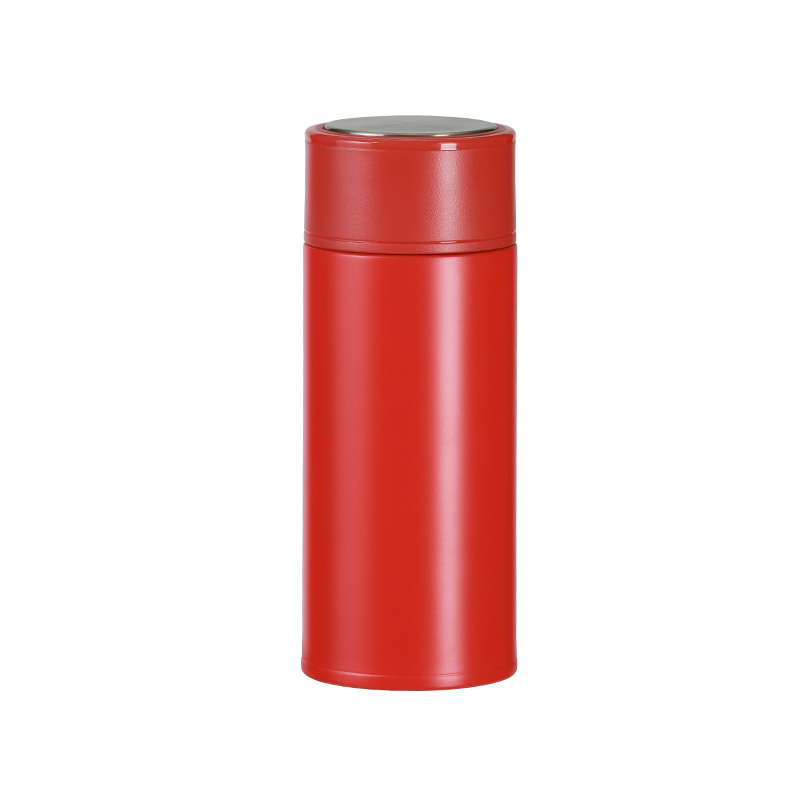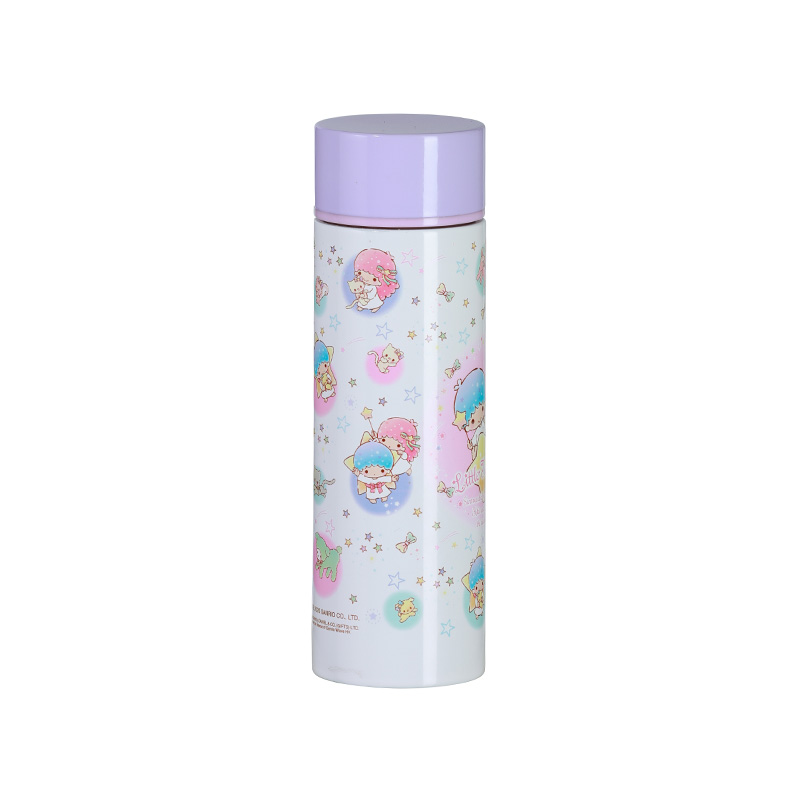1. Material Selection and Preparation
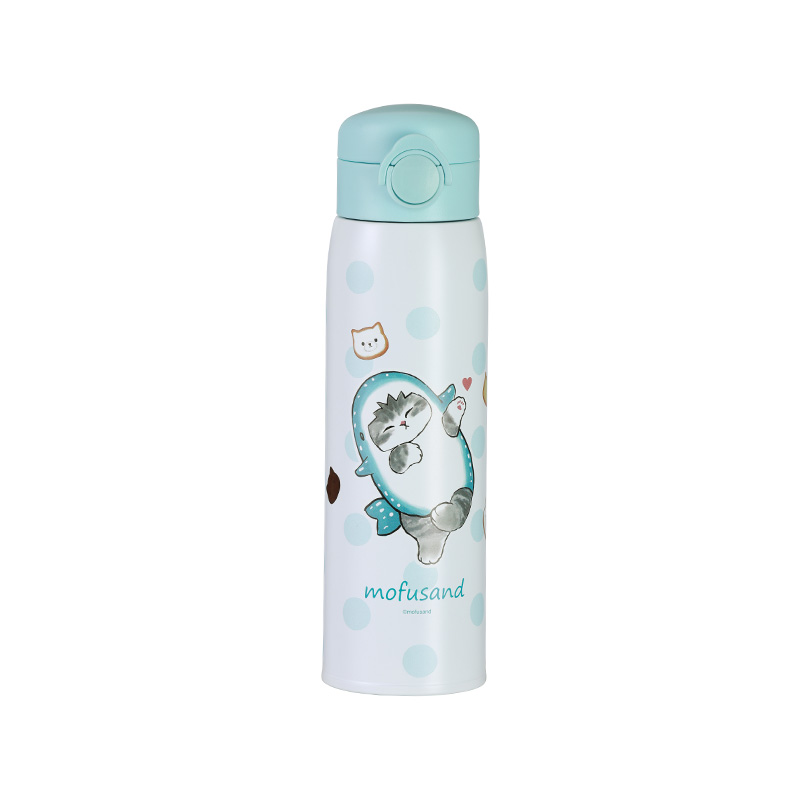
The manufacturing of a Stainless Steel Vacuum Flask begins with careful material selection, as the quality of the raw materials directly affects the performance, durability, and safety of the final product. The common materials used are food-grade stainless steel, polypropylene for caps, and silicone for sealing rings. Each material must meet safety and environmental standards to ensure that the flask is both reliable and suitable for everyday use.
Choosing High-Quality Stainless Steel:
The common grade used in a Stainless Steel Vacuum Flask is 304 or 316 stainless steel. These grades are chosen because of their corrosion resistance, strength, and ability to maintain cleanliness even under repeated use. The metal sheets are inspected to ensure they meet specifications in thickness and composition.
Cutting and Shaping of Metal Sheets:
Once the stainless steel sheets are selected, they are cut into precise circular pieces that will form the body of the Stainless Steel Vacuum Flask. Automated cutting machines ensure consistent dimensions and minimize waste. These pieces are then shaped into cylindrical forms through deep drawing, which uses high-pressure machinery to stretch and form the metal without causing cracks or deformation.
Cleaning and Surface Treatment:
After forming, the surfaces are cleaned to remove any impurities, oil, or residue from the manufacturing process. This cleaning process enhances bonding and welding performance later in production. Polishing and brushing may also be applied to achieve the desired surface finish of the Stainless Steel Vacuum Flask, whether glossy or matte.
Material preparation is crucial because any imperfection in this stage can affect insulation performance or structural integrity later. By focusing on quality materials and proper shaping, manufacturers ensure that each Stainless Steel Vacuum Flask starts with a strong foundation for the next steps.
2. Vacuum Insulation and Assembly
The defining feature of a Stainless Steel Vacuum Flask is its double-wall design with a vacuum layer between the inner and outer walls. This vacuum insulation is what keeps beverages hot or cold for long periods. Creating and sealing this vacuum space requires precision and advanced equipment.
Forming Inner and Outer Walls:
Two separate stainless steel cylinders are created—one slightly smaller than the other. The smaller one forms the inner wall that holds the beverage, while the larger one becomes the outer shell. These parts must fit together with minimal tolerance to ensure effective insulation once the vacuum is created.
Joining and Sealing:
The inner and outer walls of the Stainless Steel Vacuum Flask are joined at the mouth using welding or brazing techniques. After sealing the mouth, the bottom part remains open temporarily to allow the air between the two layers to be removed. The welding process must be precise to prevent leaks or weak spots, as even a small imperfection can compromise vacuum retention.
Vacuum Creation Process:
The critical step in making a Stainless Steel Vacuum Flask is creating the vacuum layer. This is done by placing the flask in a vacuum chamber that extracts air from the space between the inner and outer walls. Once the air is removed, the opening is sealed using advanced soldering or laser welding to ensure the vacuum remains intact.
Insulation Testing:
After sealing, each Stainless Steel Vacuum Flask undergoes vacuum retention testing. Specialized equipment checks the thermal insulation performance by comparing temperature differences over time. Only those that meet the required insulation standards proceed to the next stage.
This stage ensures that the Stainless Steel Vacuum Flask achieves its primary purpose—effective temperature preservation. Precision in vacuum sealing and testing determines how well the flask will maintain hot or cold beverages during real-world use.
3. Surface Finishing, Assembly, and Quality Inspection
The final stage in manufacturing a Stainless Steel Vacuum Flask involves aesthetic finishing, functional assembly, and quality assurance. This step gives the flask its visual appeal and ensures that every detail meets industry standards.
Surface Finishing:
Depending on the design, the outer shell of the Stainless Steel Vacuum Flask may undergo different treatments, such as powder coating, electro-polishing, or painting. Some flasks feature textured surfaces for better grip, while others use smooth finishes for a polished look. Engraving or laser marking is also applied for brand logos or capacity indicators.
Assembly of Additional Components:
Once the body is finished, the manufacturer attaches external components such as the lid, cap, and silicone seals. The lid design varies—some Stainless Steel Vacuum Flasks have screw-on caps, while others include flip-tops or built-in straws. Each component must be aligned and fitted correctly to ensure leak prevention and easy usability.
Leak and Pressure Testing:
Every Stainless Steel Vacuum Flask is tested for leaks by filling it with water and subjecting it to pressure conditions. This ensures the lid, seal, and welds perform as expected. The vacuum layer is also rechecked to confirm that insulation remains uncompromised.
Packaging and Final Inspection:
Before packaging, the flasks undergo a visual inspection to identify any surface imperfections or assembly issues. Once approved, each Stainless Steel Vacuum Flask is carefully packed with protective materials to avoid scratches during transport. Labels and user instructions are included for consumer reference.
This comprehensive quality control ensures that every Stainless Steel Vacuum Flask leaving the factory is durable, efficient, and ready for long-term use. By combining functionality with a refined finish, manufacturers meet both aesthetic and practical expectations of consumers.

 English
English 日本語
日本語